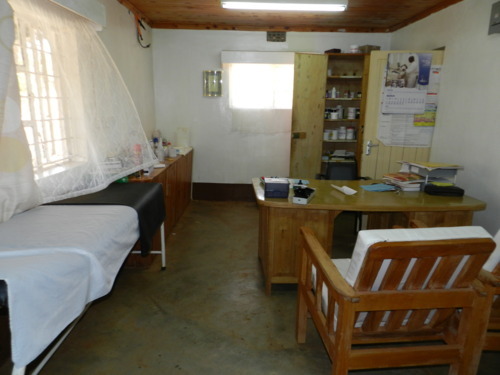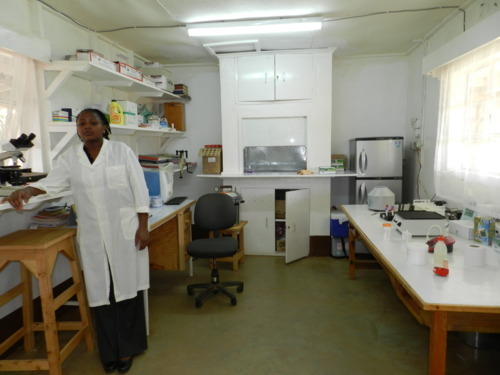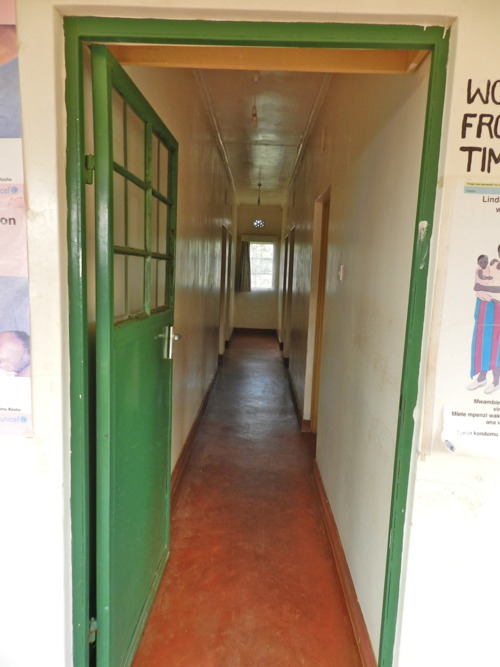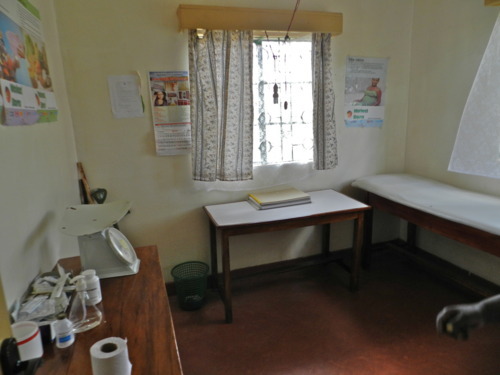In the afternoon I did site visits of the Lewa Clinic and Ndare Ngare Clinic. The Foundation has been asked to help support the running of the three medical clinics affiliated with Lewa Wildlife Conservancy for three years. As with so many initiatives set up in the not-for-profit sector, getting adequate funding to maintain operations is an annual struggle – even for the perceivably heavily supported ones.

My dust-tan getting progressively more pronounced as we rumbled along the dry, gritty roads, I stopped by the Lewa Clinic first. It is the biggest of the three clinics, coping with the highest patient volume (40-60 a day), run by the biggest staff (2 nurses, 1 lab technician, 1 admin, 1 cleaner), and the only clinic with a laboratory on site. It is the laboratory, I was told, that serves as the heaviest cost burden on the clinic, followed closely by personnel.

It was clear the Lewa Clinic was well run and, comparatively, well stocked. In contrast, the Ndare Ngare Clinic was well run, but without a sou to its name. Consisting of one nurse (provided by the Kenyan Government) and 1 admin, the clinic has no source of power, limited supplies of even the most basic materials such as gloves, and a program that can only vaccinate people 1 day a week.

They have had to deliver babies by kerosine lamp at night, the security guard uses poison arrows to ward off predators – both animal and human, and after one more bad rain the road could rival the Grand Canyon. The dropout rate for patients in treatment is high, largely because they can’t, in fact, provide much treatment. The other two clinics are a day’s travel when conducted by foot, making them a time-consuming alternative.

The Ndare Ngare Clinic would undoubtedly benefit from an injection of funds, and more due diligence will need to be preformed to assess the potential impact of providing power, and costs associated with the subsequent upgrades that would ensue once power was hooked up.